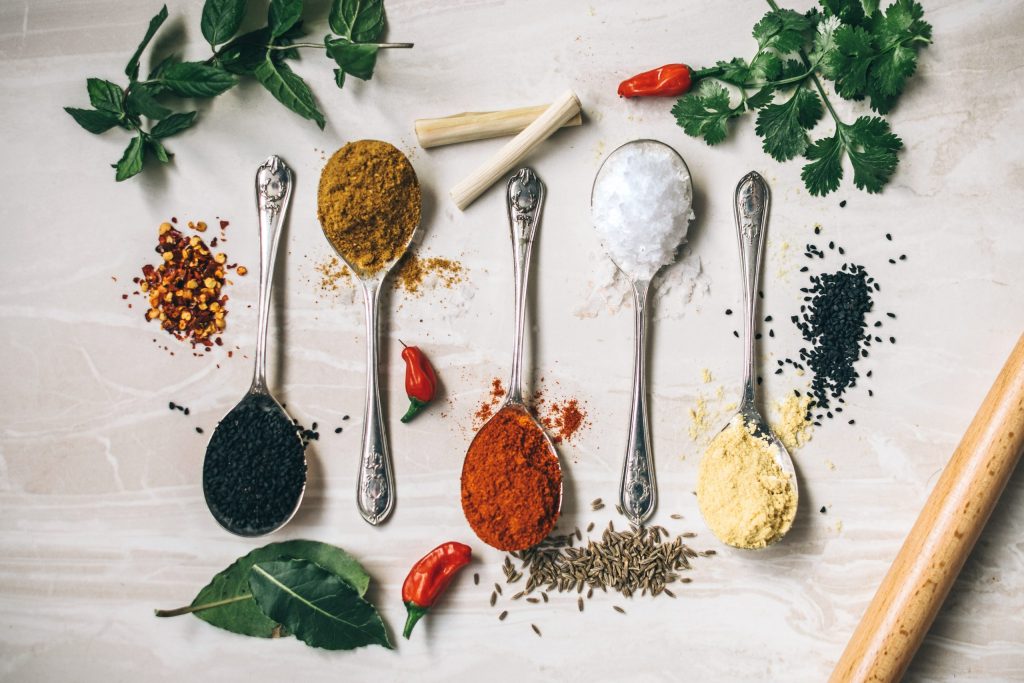
Spices are an excellent source of nutrition, but sometimes can be overwhelming to use. I am not a skilled chef and I find it challenging to combine ingredients instinctively. Thankfully these spices are incredibly easy to work into meals and give a nutritious boost and flavor. If you’re a vegan or have to pass on the organ meats, spices are one of your best friends in maintaining a nutrient-dense diet.
Rosemary

I adore the smell of rosemary and the fact that they are low maintenance plants to have in the garden. I have one growing in my yard that weathered the winter without me even realizing it had survived. Rosemary has an active ingredient called rosmarinic acid which is seen to fight inflammation and boost the immune cells of the respiratory system. This led researchers to be curious about how it might combat mild seasonal allergies and asthma. As a result, this substance has been shown to suppress allergic responses and nasal congestion; 50 and 200 mg doses helped patients with their allergy-type symptoms of congestion and mucus formation. In BC, rosemary tends to be ready to harvest during the allergy season!
Perhaps you’ve heard of the saying: “rosemary for remembrance”. This fragrant herb is traditionally known for its ability to help with memory. A small study indicated that rosemary at low doses can actually improve the speed of memory and cognitive performance in the elderly population. Another study focused on a group of high school students using rosemary essential oils. There were statistically significant differences in productivity of the short-term memory in the group that was exposed to the essential oil of rosemary. Now that’s something to remember!
Note: another herb that is high in rosmarinic acid is perilla, also known as shiso. These leaves are often used in Asian-style cuisines and are also really easy to grow in your home garden!
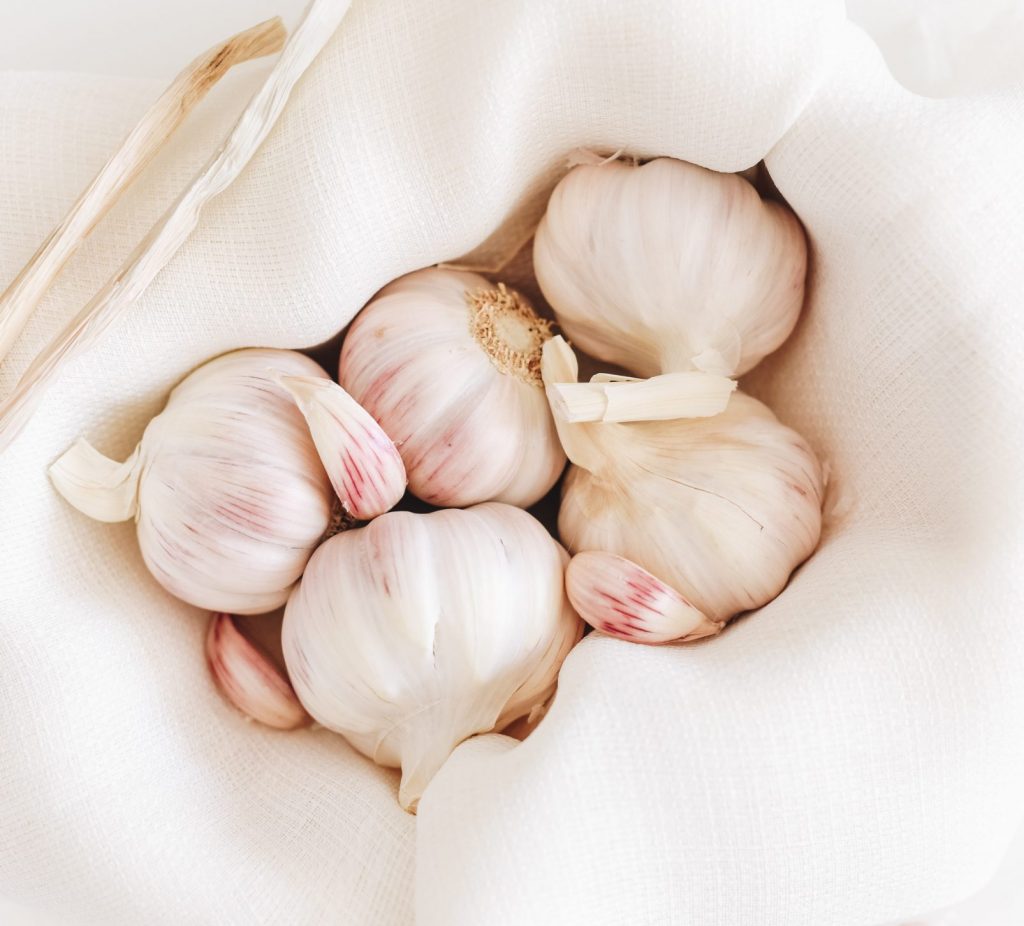
Garlic
The common garlic may seem like just a flavor enhancer but its functions are priceless! Not only does it support your immune system, improve your gut microflora, and have anti-cancer properties, but it is one of my top recommendations for heart health. It was noted that 1 clove or 1/4 tsp of garlic powder a day could increase artery function by 50%. Garlic has been seen to reduce cholesterol levels in the blood by roughly 15 points, thus leading to improved artery structure. Long term consumption of garlic can lead to a decrease in systolic and diastolic blood pressure by 7 and 5 points respectively. If my patients struggle with high blood pressure, you can be sure this is a simple tip that I’ll give. This is an excellent alternative to ameliorating hypertension, considering garlic has little to no side effects and is super cost-effective. The garlic breath is worth it, my friends.
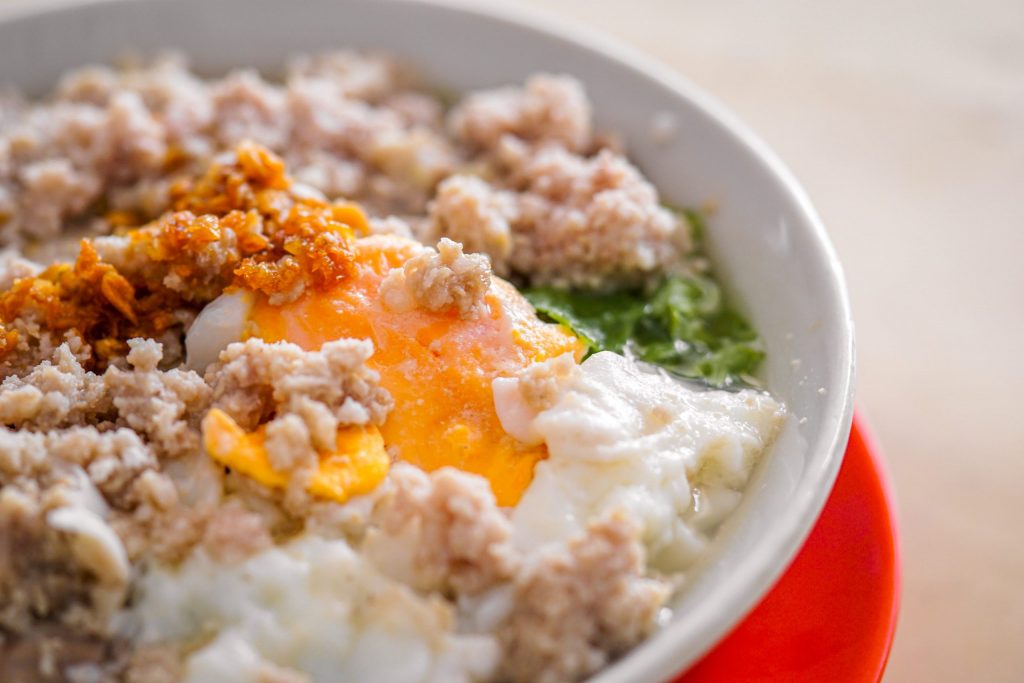
Cinnamon
I have cinnamon almost every morning in my oatmeal or steel-cut oats. It sweetens up my breakfast without me needing to add any refined sugar into the bowl. Speaking of sugar, cinnamon is a wonderful addition for those managing their blood sugar levels. Cinnamon may actually help increase insulin sensitivity. Just 0.5-2 teaspoons or 1-6 grams of cinnamon per day can play great support in balancing your glucose levels and diabetes prevention. This spice also has impressive antioxidant activity, helps fight inflammation, and may lower cholesterol and triglycerides levels in the blood. Sometimes I add a pinch of cinnamon in my savory dishes, like roasted veggies or stews, to enhance their natural flavor.
Ginger
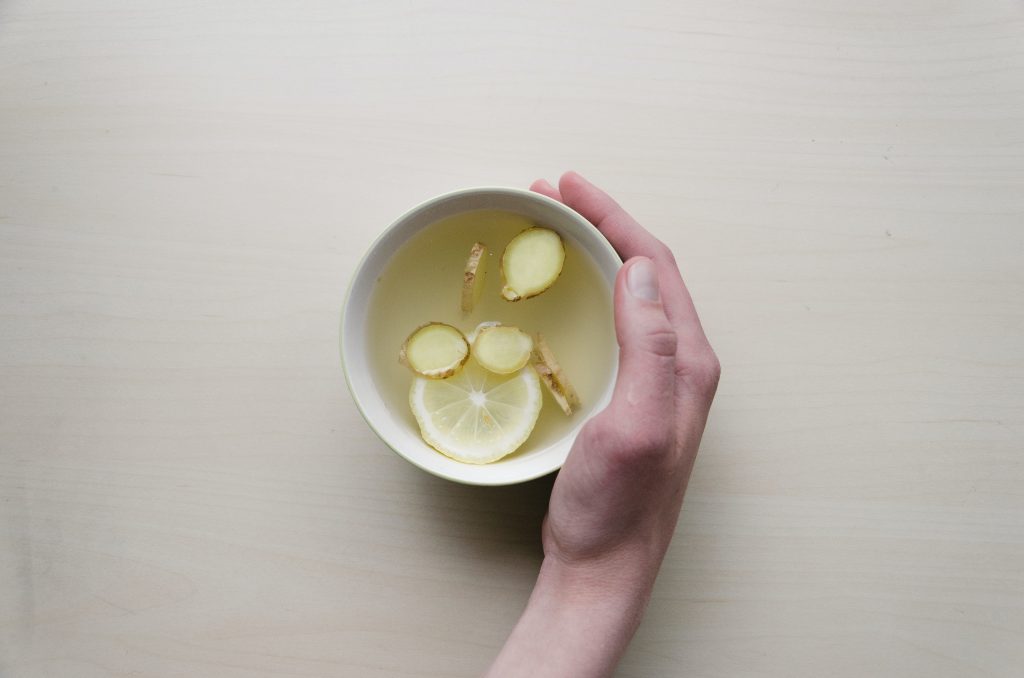
In the fall and winter season, I always make sure I have enough ginger to add some heat to my dishes. I personally cannot tolerate very much hot spice, but ginger adds just enough warmth and flavor during the cooler season. In traditional Chinese medicine, ginger is considered a warm food that disperses any cold within the stomach. Some of you may also know ginger for its anti-nausea effects. Chinese medicine considers the warmth of ginger to contribute to the treatment of nausea and vomiting in this way. It was seen that just 1 gram can combat nausea that comes from morning sickness, chemotherapy, and seasickness.
My more favorite fact about ginger is that just 1/2 teaspoon of fresh ginger can help relieve pain. A study compared the effects of ginger on menstrual cramps with over-the-counter medications: ibuprofen (Advil) and mefenamic acid. The result was that the severity of pain decreased equally between the different groups. 250mg of ginger capsules 3-4 times a day was as effective for pain relief as these medications! Ladies, this might be one of your new favorite spices!
Turmeric
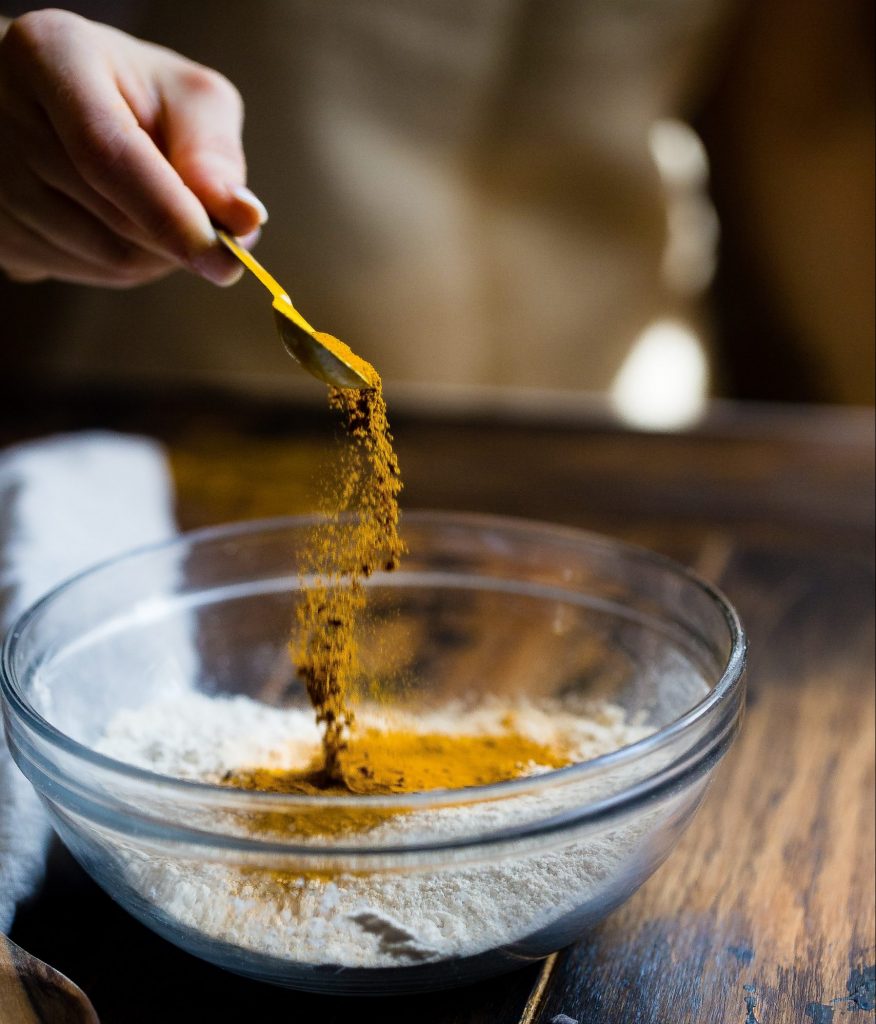
You’ve heard it again and again over the past few years, turmeric is the trendiest superfood. This is because it has been widely studied for its actions against certain cancers, dementia, inflammatory bowel disease, and many other chronic conditions. The main constituent in turmeric is called curcumin and its most widely studied for its anti-inflammatory ability. Curcumin exhibits such strong anti-inflammatory effects that its comparable to some anti-inflammatory drugs, such as corticosteroids, and doesn’t include any of the nasty side effects.
Turmeric also has compelling anti-oxidant effects; it is shown to have 5-10 times stronger antioxidant activity than the more popular vitamin C and E. Eating 1/4 teaspoon of turmeric can offer a healthy dose of curcumin. Other than curry, I’ve added turmeric to my roasted vegetables, smoothies, even some desserts, and teas. Note to combine turmeric with a 1/4 teaspoon pepper or some source of fat to these dishes to increase the absorbability (by 2000%!) of this amazing spice.
Peppermint
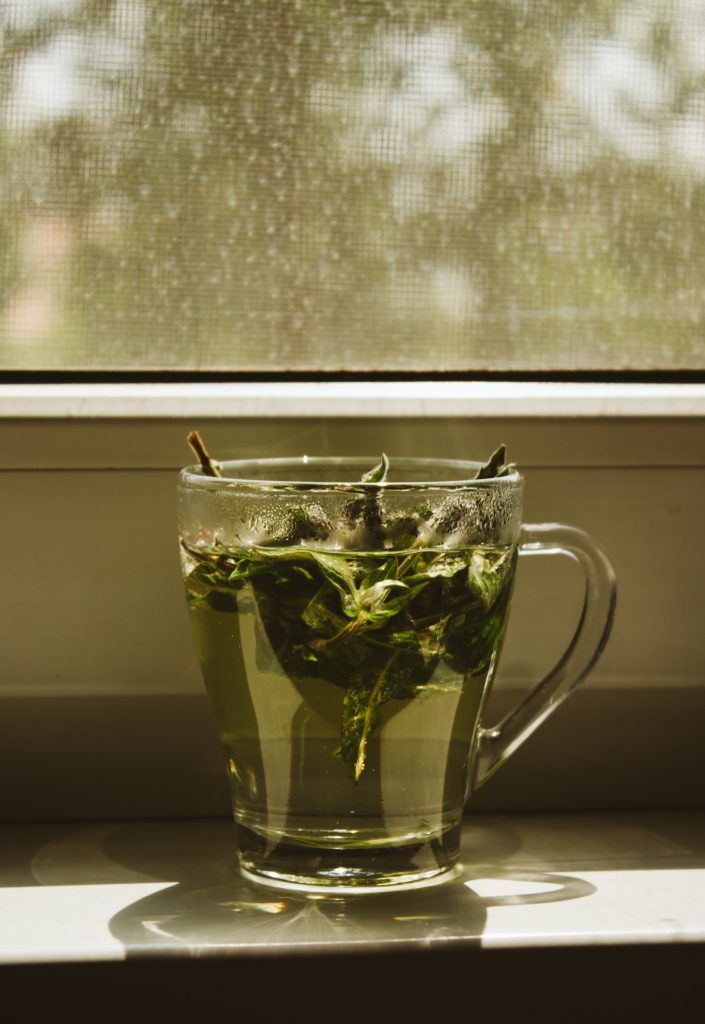
I am incredibly sensitive to caffeine, I often can’t sleep at night from just a single cup of coffee in the morning. So, I am always looking for alternatives to helping with my wakefulness throughout the day and peppermint was an excellent find. Peppermint aroma is known to enhance motivation, performance, and alertness. It can actually stimulate the central nervous system thus decrease fatigue. A study actually looked at how peppermint led to increased ratings of alertness, decreased temporal demand, and decreased frustration in prolonged drivers. Another study assessed the mood and cognitive performance of a group of university students after having peppermint tea. The tea significantly improved their long term memory and speed of memory compared to plain hot water. For the students out there, rubbing on some peppermint essential oils or drinking a peppermint tea before an exam isn’t a bad idea!
Another use of peppermint is its effectiveness in treating irritable bowel syndrome (IBS). Peppermint has muscle-relaxing effects on the colon and can actually have a mild anesthetic effect on the stomach. This relieves pain and flatulence during bowel movements associated with IBS.
Well, that is my list. I hope I’ve given you something to remember each of these spices by so that you’ll recall using them in your cooking. Have fun spicing up your health!

Sources Cited:
